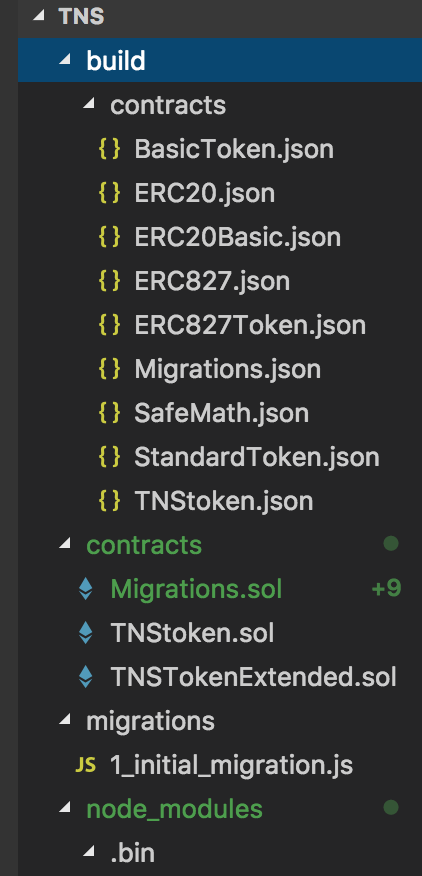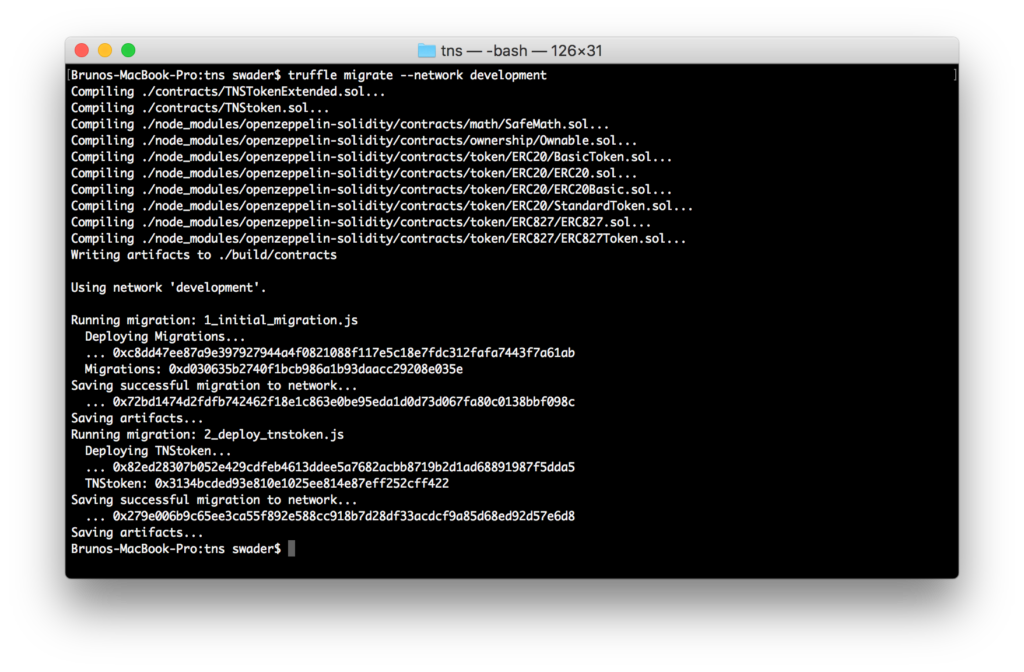[ This is a content summary only. Visit our website https://ift.tt/1b4YgHQ for full links, other content, and more! ]
by Neha Zaidi via Digital Information World
"Mr Branding" is a blog based on RSS for everything related to website branding and website design, it collects its posts from many sites in order to facilitate the updating to the latest technology.
To suggest any source, please contact me: Taha.baba@consultant.com
This article was created in partnership with BAWMedia. Thank you for supporting the partners who make SitePoint possible.
If you're a web designer or developer, your work involves some teamwork and collaboration. Even when you're working on a personal project it never hurts to have someone you can rely on. You might need somebody for guidance, assistance, or fresh ideas.
Software projects have a reputation for late deliveries and budget overruns. These often occur due to a lack of insufficient collaboration among the parties.
Setting up a manual system that promotes collaboration can be a good step forward. But it often requires extra effort to keep it functioning smoothly. There is a better approach to it. Invest in a tool that makes sharing information and design concepts a breeze.
These tools fill the bill nicely.
Mason is a front-end-as-a-service tool. Its users can design, build, deploy, and maintain products from a single platform. Since all information is kept in one place, there's no fragmentation of data or information exchanged during any phase of the design/build/deploy cycle.
Mason works in ways that may at first appear unfamiliar, but nevertheless makes sense. It assembles digital products by breaking them down into their constituent parts and reassembling them using a drag-and-drop building block approach. In this way, it's far easier to make small changes or modifications not only during design, but after the product has been deployed.
The net result, and a major advantage of using Mason, is that changes can be made to deployed digital products without the need to wait for the next deployment cycle. Changes can literally be made on the spot.
It costs nothing to use Mason during design and testing. You only pay when the product is to be viewed by downstream customers.
This team management tool is exceptionally suitable for any industry sector and by any sized team. monday.com will perfectly serve a team of two or a team of hundreds spread around the globe, and it can manage multiple projects at once. It is as popular among non-tech teams as well as tech-oriented teams; in fact, 70% of its 22,000 paying teams fall outside the tech sector.
monday.com promotes effortless collaboration and transparency, it's "cheetah fast", it displays status in as many as 20 different colors, and its status board can be customized to fit your needs and your workflow.
It serves as an excellent alternative to having to force fit your work to meet the demands of your project management tools or systems. Freelancers, teams representing small agencies or startups, and teams working for Fortune 500 companies all profit from using monday.com.
The post 4 Handpicked Design & Dev Collaboration Tools You Should Know About appeared first on SitePoint.
This week in Yo! I cover digital design tools, a solid in-browser device mockup tool, Framer app shortcuts, user flow diagramming with FlowMapp, physics-based background effects, a WordPress Gutenberg update, freebies, beats, laughs and more.
Yo! is my weekly YouTube show covering the latest design and development news. Each story mentioned is also blogged on the Yo! website but if you want them emailed to you each week, simply join the dedicated Yo! newsletter
In part 2 of this tutorial series on building DApps with Ethereum, we wrote the TNS token’s code. But we haven’t yet compiled it, deployed it, tested it or verified it. Let’s do all that in this part so that we’re ready for what comes next.
At this point we have a file containing some Solidity code. But to make the Ethereum Virtual Machine understand it, we need to turn it into machine code. Additionally, in order to communicate with it from a web application, we need an ABI (application binary interface), which is a universally readable description of the functions that exist in a certain smart contract — be it a token or something more complex. We can create machine code for the EVM and the ABI all at once by using Truffle’s compiler.
In the project folder, run:
truffle compile
This command will look inside the contracts subfolder, compile them all and place their compiled version into the build subfolder. Note that if you used the alternative development flow from the last part, all the parent contracts from which our TNSToken contract is inheriting functionality will also be compiled one by one each in its own file.

Feel free to inspect the contents of the generated JSON files. Our TNSToken should have over 10000 lines of JSON code.
Now let’s see if we can deploy this to our simulated Ganache blockchain. If Ganache isn’t running already in a tab of your terminal or among your operating system’s applications, run it with:
ganache-cli
Or run the app to get a screen like this one:

Then, back in the folder where we just compiled the contracts, we have to add a migration. Create the file migrations/2_deploy_tnstoken.js. If you’re not familiar with migrations in the Truffle ecosystem, see this guide.
Let’s put the following into that file:
var Migrations = artifacts.require("./Migrations.sol");
var TNSToken = artifacts.require("./TNSToken.sol");
module.exports = function(deployer, network, accounts) {
deployer.deploy(TNSToken, {from: accounts[0]});
};
First the ability to do migrations at all is imported by requesting Migrations.sol. This is required in every migration. Next, deploying a token means we need to import its Solidity code, and we do this by pulling in TNSToken.sol, the code we wrote in the previous part. Finally, this is cookie cutter migrating with only the part between function(deployer, network, accounts) { and the last } changing.
In this case, we tell the deployer to deploy the TNSToken and pass in the from argument in order to set the initial token holder. The address used here is a random one generated by Ganache, but by using the accounts array automatically passed to the deployer, we make sure we have access to the list of accounts present in the running node (be it a live Geth node or Ganache). In my particular example, the account[0] address was 0xdFb659D556d926dd3585d0f18d4F8eD7939E8061, also evident in the screenshot above.
Let’s also not forget to configure a development environment in truffle.js:
module.exports = {
networks: {
development: {
host: "127.0.0.1",
port: 7545,
network_id: "*"
}
}
};
Note: take care of the port and IP; yours might be different!
Finally, in the project folder, run truffle migrate. You should see something like this:

Notice the Ethereum address next to TNStoken: 0x3134bcded93e810e1025ee814e87eff252cff422. This is where our token was deployed. Now let’s see it in action.
The post Ethereum DApps: Compiling, Deploying, Testing TNS tokens appeared first on SitePoint.

Want to save time by bulk scheduling your Facebook posts? Wondering how to schedule posts without using a paid third-party tool? In this article, you’ll discover a three-step process to schedule multiple posts to your Facebook page and group using free tools. Why Bypass Third-Party Apps to Schedule Your Facebook Posts (and Tweets)? There has [...]
The post How to Bulk Schedule Facebook Posts Without Paid Tools appeared first on Social Media Examiner.